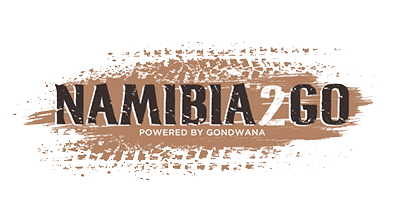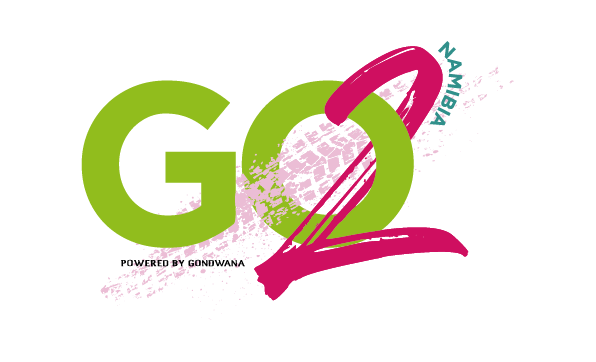Velskoen or veldskoen, fondly called ‘vellies’, are undoubtedly southern-Africa’s favourite footwear. There is simply nothing to compare with a well-worn pair of vellies that have snugly moulded themselves to the shape of your feet.
“Oooooh, veldskoen!” exclaimed singer-songwriter David Kramer in the Volksie-microbus ad that had us all bopping along in our living rooms in the 80s and who made his red vellies as famous as the VW Kombis.
There is hardly a person in southern Africa, regardless of age, ethnic background, gender and profession, who hasn’t owned a pair of vellies in their lifetime, and many who still have a much-loved pair either on their feet or safely stored in their cupboard, scuffed and shiny with wear, but not easily discarded. The tough and hardy leather shoes called ‘velskoene’ (hide shoes) or ‘veldskoene’ (field shoes) have been part of a long history that has indelibly seeped into the southern African soul.




Said to have been inspired by the footwear of the Khoisan, velskoen date back to the seventeenth century when the Dutch arrived on the southern tip of Africa to establish a supply post for passing ships en route to the East. They made a shoe that would be both comfortable and durable, ideal for the tough African environment. These shoes would be the protype for our beloved vellies of today. They were adapted and adopted by the Voortrekkers, who having had their fill of the newly-arrived British at the Cape, packed everything they needed to survive onto ox-wagons, waved tot ziens to the fairest Cape and journeyed north on what would become known as the Great Trek. They travelled by ox-wagon, made soap and candles from animal fat, hunted for the pot and made their shoes from animal hide.
Over time vellies were adopted by diverse groups, unified in their choice of footwear, and gradually spread to cities, towns and far-flung rural villages. Today, you may just as well spot someone wearing their old faithfuls on a donkey-cart in southern Namibia as on a person walking down the streets of Windhoek, Harare or Cape Town or on a woman’s well-clad feet curtseying before a king in the North.
They form part of the Nama’s traditional dress worn on special occasions like Sunday church and weddings. And a ceremony wouldn’t quite be the same without Nama Stap, colourful laslappie dresses and, of course, velskoene. It is reassuring to know that there will always be a velskoen tapping out a beat on a dusty road on its way to or from a celebration.
The velskoen’s popularity spread across the world when UK shoe company C & J Clark began making the desert boot at the end of 1949 with crepe rubber soles and suede uppers, based on the design of the South African velskoen. Clark explained how they were inspired by the crepe-soled, rough suede boots made in Cairo’s Khan el-Khalili bazaar for British Eighth Army officers. How this came about is an interesting story. In 1941 Nathan Clark was sent to war with the task to fight for his country and to find new shoe designs for the family business.
While in Burma, as a member of the Eighth Army, he noticed that the officers were donning their ‘chukkas’ on their breaks. On further investigation, he discovered that South African soldiers had commissioned cobblers in Cairo to make them when they found that their military-issue boots weren’t suitable for the desert environment and resorted to the more resilient velskoen that they were familiar with back home.





Today, not only has the velskoen reached the US and UK (Prince Harry even bought a pair on a visit to South Africa), there is now a choice of colours for the uppers, soles and shoelaces. But, many still prefer the old-fashioned handstitched natural-coloured shoes and you’ll still find people making them just like that all the way from Swakopmund, Windhoek and the arid Kalahari sands of Namibia southwards to Wupperthal and Cape Town.
Ingrained in our culture and psyche, the popular velskoen has been used as a nickname and to describe something quintessentially southern African. Rod MacKenzie couldn’t have put it any better when he wrote: ‘With my biltong and veldskoen accent, it is clear where I come from to any Aucklander.’
Velskoene have appeared in both literature and music. HC Bosman, one of South Africa’s greatest raconteurs, shoed his well-known character Schalk Lourens in velskoen, and Schalk, like many of us, took great pride in his vellies. As Schalk says in the story ‘The Withaak’s shade’ while being sniffed from head to toe by a leopard: ‘. . . I made up my mind that next time I went to lie on the grass under the withaak, looking for strayed cattle, I would first polish up my veldskoens with sheep’s fat, and I would put on my black hat that I only wear to Nagmaal. I could not permit the wild animals of the neighbourhood to sneer at me.’
A great southern African creation, there is simply no shoe to match the dependable velskoen that has stood the test of time, nor one that evokes such sentimentality and . . . love. And to that, Schalk Lourens would, I’m sure, tap the ashes out of his pipe against the sole of his favourite pair of velskoene (polished to a shine), take a sip of Jerepigo – and smile in agreement.
Do you have a favourite pair of vellies? Please share the pics with us, we would love to see them.





(References: Chukka/Desert boot – Wikipedia; Veldskoen – Educalingo; Veldskoen – Wikipedia; ‘You say I’m not African, but that’s where I’m from?’, Rod MacKenzie – Thought Leader, Mail & Guardian, 22 June 2015; History (davidkramer.co.za); David Kramer tells the heartwarming tale behind his famous rooi vellies | Channel (news24.com))


.png)
.jpg)
.jpg)




.png)

SUBMIT YOUR COMMENT